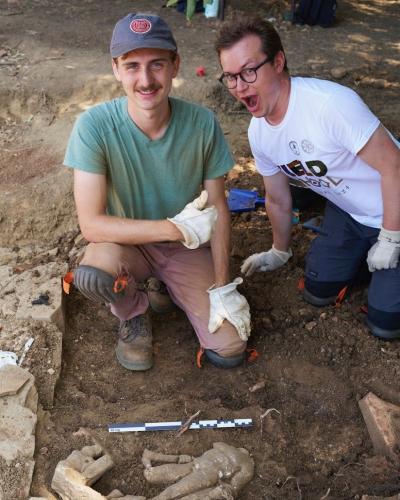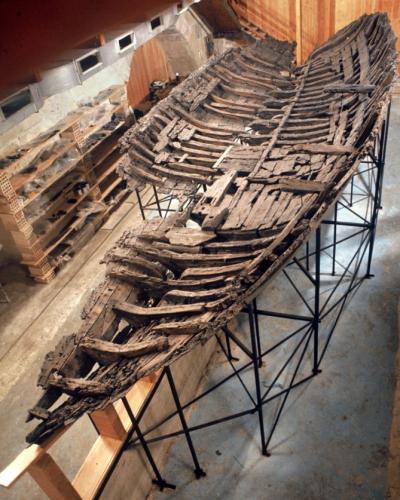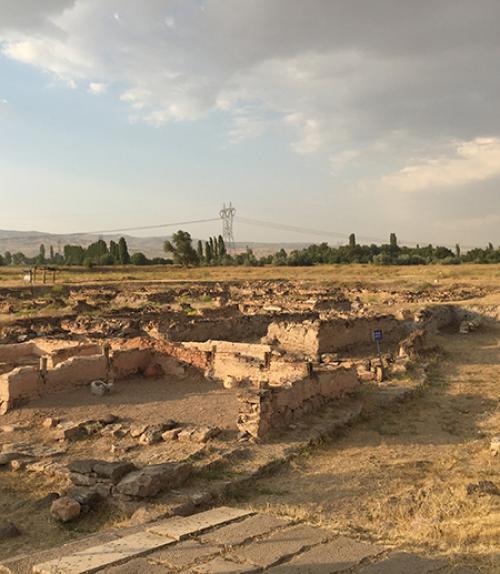
 Department Homepage
The College of Arts & Sciences
Department Homepage
The College of Arts & Sciences
Revised tree ring data confirms ancient Mediterranean dates
"This finding largely resolves many decades of scholarly debate,” said researcher Sturt Manning.
More news





